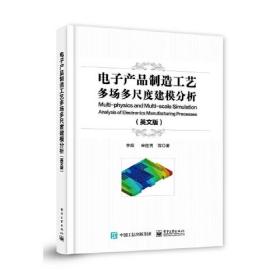
电子产品制造工艺多场多尺度建模分析
正版新书当天发货 电子产品制造工艺多场多尺度建模分析(英文版)
¥ 47.04 4.8折 ¥ 98 全新
库存23件
作者李辉
出版社电子工业出版社
出版时间2022-11
版次1
装帧其他
货号C库
上书时间2024-11-05
- 店主推荐
- 最新上架
商品详情
- 品相描述:全新
图书标准信息
- 作者 李辉
- 出版社 电子工业出版社
- 出版时间 2022-11
- 版次 1
- ISBN 9787121444807
- 定价 98.00元
- 装帧 其他
- 开本 16开
- 纸张 胶版纸
- 页数 177页
- 字数 268.000千字
- 【内容简介】
- 本书介绍了两种典型电子产品汽车压力传感器和FPCB的制造工艺研究,分别对其关键制造工艺过程进行了多场多尺度建模分析,涵盖了分子动力学与有限元建模分析、工艺参数设计与化、工艺性能实验验证。全书共10章,汇集了两种典型电子产品的关键工艺过程,括铜-铜引线键合工艺中微观接触过程,六种典型材料引线键合工艺性能比较,汽车压力传感器灌封工艺中芯片残余应力分析,汽车压力传感器引线键合焊点的热循环失效分析,FPCB化锡工艺分子动力学研究,FPCB曝光工艺中光场分析,FPCB蚀刻工艺中蚀刻剂喷淋性研究,FPCB蚀刻腔中蚀刻剂浓度分布与流场性分析,FPCB蚀刻工艺中蚀刻腔几何形貌演化过程分析,FPCB多蚀刻腔蚀刻过程分析。本书针对MEMS和FPCB制造工艺中的实际问题,建立物理模型和数值模拟模型,基于有限元和分子动力学方法,模拟电子产品制造过程中材料、微观结构的演变,揭示加工过程中电子产品变形、应力、缺陷的形成机理与演化机制,在此基础上提出变形、应力与缺陷的抑制策略及调控理论,指导工艺化,提高电子产品良率。
- 【作者简介】
-
"李辉,党员,武汉大学三级教授、博导,湖北省特聘专家,湖北省自然科学创新群体项目负责人,""青年千人计划”入选者,重点研发计划项目首席科学家,ieee会员。现任武汉大学科学研究院副院长。作者于1995年至2002年读于华中科技大学机械科学与工程学院获得工学学士与硕士。于2002年获得新加坡科研局博士奖学金,在新加坡国立大学(nu)电子与计算机系和新加坡数据存储研究所(di)进行博士的联合培养,师从于新加坡数据存储研究所研究科学家(enior reearch cientit)刘波博士(长江学者讲座教授)和新加坡国立大学电子与计算机工程系教授chong tow chong(现任新加坡理工大学(utd)校长),并于2007年获得工学博士。于2008年进入美国加州大学圣地亚哥分校(ucd)从事博士后研究,师从于ucd机械和科学工程学院前、磁记录中心首席教授frank e. talke院士。2005年至2013年职于立公司(hitachi)亚洲研究与发展中心,其中于2006年在立部研究所交流半年,2008年起担任研发中心项目及副经理。在新加坡、本和美国长达11年的学和科研工作经历,主攻磁记录硬盘可靠研究,实现微机电系统的高精度定位控制设计和应用。主持完成与美国美国加州大学圣地亚哥分校,新加坡数据存储研究所和立本本部的联合科研项目7项。2012年入选国际电器与电子工程师学会(ieee)会员,2013年入选""青年千人计划”,获聘为武汉大学教授、博士生导师,2014年被授予湖北省特聘专家称号。
作者主要从事优选制造工艺过程、在线监测及产品可靠等研究。发表ci110余篇,发表国际会议60余篇;出版中英文专著4部,其中1部获科学技术学术著作出版资助;申请/授权发明专利82项;制定团体标准6项;国际会议应邀报告4次;获科学进步1项。
作者承担科研项目包括自然科学委重大科研仪器研制项目(专享)、重点研发计划""增材制造与激光制造”重点专项、重点研发计划""网络协同制造和智能工厂”重点专项(首席)、jkw基础加强项目、湖北省技术创新专项(重大项目)、湖北省自然科学创新群体项目、湖北省重点研发计划项目、广东省重点领域研发计划项目、四川省重点研发计划项目、广东省科技创新战略专项资金自由申请项目、深圳市基础研究计划项目、深圳市协同创新计划国际合作研究项目、华为公司技术咨询报告。
" - 【目录】
-
Chapter 1 Investigation on micro contact in Cu-Cu wire bonding process 001
1.1 Introduction 001
1.2 Molecular dynamics modeling of Cu-Cu wire bonding 003
1.3 Results and discussions 005
1.3.1 Formation and breakage processes of Cu-Cu weld 005
1.3.2 Analysis of Cu-Cu indentation morphology 007
1.3.3 Analysis of Cu-Cu atomic stress distribution 008
1.4 Conclusions 011
References 011
Chapter 2 Investigation on wire bonding performance with six typical
material pairs 014
2.1 Introduction 015
2.2 Molecular dynamics modeling of six material pairs 016
2.3 Results and discussions 018
2.3.1 Analysis of bonding forces and system energy 018
2.3.2 Analysis of atomic morphology for six material pairs 022
2.3.3 Analysis of atomic stress distribution for six material pairs 023
2.3.4 Four critical displacement points of six material pairs 025
2.4 Conclusions 028
References 028
?
Chapter 3 Investigation on residual stress on chip of automobile
pressure sensor in potting process 032
3.1 Introduction 032
3.2 Thermal experiment of MEMS pressure sensor 034
3.3 Analytic analysis of thermal stress on sensitive structure 036
3.4 Modeling and Simulation 038
3.4.1 Geometric model of MEMS pressure sensor 039
3.4.2 Finite element model of MEMS pressure sensor 039
3.4.3 Finite element simulation of residual stress 040
3.5 Conclusions 044
References 045
Chapter 4 Investigation on thermal cycle failure of wire bonding
weld in automobile pressure sensor 047
4.1 Introduction 048
4.2 Thermal cycling experiments of the MEMS pressure sensor 049
4.2.1 A sample of thermal cycling test 049
4.2.2 Experimental methods of the thermal fatigue test 050
4.2.3 Experimental results and analysis under thermal cycles 052
4.3 Numerical simulation 053
4.3.1 Theoretical model of thermal fatigue 053
4.3.2 Geometric model of the MEMS pressure sensor 055
4.3.3 Simulation model of thermal fatigue of solder joint 056
4.3.4 Simulation results of solder joint failures 058
4.4 Conclusions 062
References 063
Chapter 5 Investigation on acoustic injection on automobile
MEMS accelerometer 066
5.1 Introduction 066
5.2 Experimental investigation of acoustic injection 068
5.3 Modeling and simulation 070
5.3.1 Disassembly of inertial measurement unit (IMU)
MPU6050 070
5.3.2 Geometric model of accelerometer unit 070
5.3.3 Finite element model of accelerometer sensitive structure 072
5.3.4 Simulation results and discussion of acoustic injection 074
5.4 Conclusions 080
References 081
Chapter 6 Investigation on wetting behavior of Sn droplet on FPCB
substrate surfaces 083
6.1 Introduction 083
6.2 Models and methods of different surfaces 085
6.2.1 Modified embed atom method (MEAM) potential 086
6.2.2 Simulation models of different surfaces 087
6.2.3 Experimental procedures of wetting behavior
on different surfaces 090
6.3 Results and discussion 090
6.3.1 Effect of temperature on wetting behavior 090
6.3.2 Effect of roughness on wetting behavior 094
6.3.3 Effect of Sn surface on wetting behavior 097
6.3.4 Contact angle measurement on different substrate surfaces 101
6.4 Conclusions 103
References 103
Chapter 7 Investigation on etchant spraying characteristics in FPCB
etching process 107
7.1 Introduction 108
7.2 Equipment of the FPCB etching process 110
7.3 Numerical simulation of multi-nozzle spraying system 111
7.3.1 Governing equations of fluid dynamics 111
7.3.2 Simulation model of spraying equipment 112
7.4 Results and discussions 114
7.5 Conclusions 122
References 123
?
Chapter 8 Investigation of etchant concentration distribution and
fluid characteristics in FPCB etching cavity 126
8.1 Introduction 126
8.2 Model formulation and method of etching process 129
8.2.1 Governing equations of fluid dynamics and mass flux 129
8.2.2 Simulation model of the FPCB etching cavity 130
8.3 Results and discussions 133
8.4 Conclusions 140
References 140
Chapter 9 Investigation of etching cavity evolution in FPCB
etching process 143
9.1 Introduction 143
9.2 Equipment of the FPCB etching process 144
9.3 Numerical simulation of the FPCB etching process 146
9.3.1 Governing equations of the fluid dynamics 146
9.3.2 Simulation model of spraying and etching domain 147
9.4 Results and discussions 149
9.5 Conclusions 153
References 153
Appendix 156
相关推荐
-

电子产品制造工艺多场多尺度建模分析
全新广州
¥ 69.47
-

电子产品制造工艺多场多尺度建模分析
全新泰安
¥ 61.74
-

电子产品制造工艺多场多尺度建模分析
全新泰安
¥ 53.90
-

电子产品制造工艺多场多尺度建模分析
全新北京
¥ 39.20
-

电子产品制造工艺多场多尺度建模分析
全新泰安
¥ 59.74
-

电子产品制造工艺多场多尺度建模分析
全新南昌
¥ 45.42
-

电子产品制造工艺多场多尺度建模分析
全新北京
¥ 45.08
-

电子产品制造工艺多场多尺度建模分析
全新成都
¥ 37.36
-

电子产品制造工艺多场多尺度建模分析
全新保定
¥ 57.46
-

电子产品制造工艺多场多尺度建模分析
全新成都
¥ 46.92
— 没有更多了 —



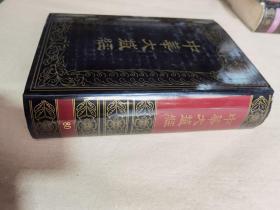
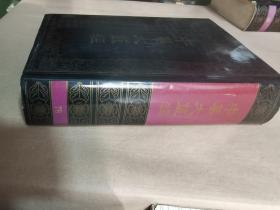
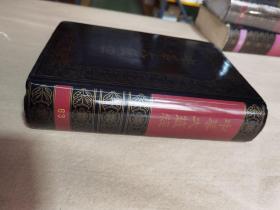
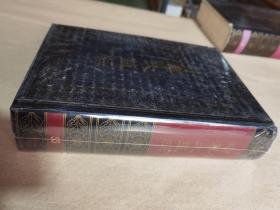



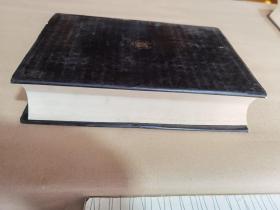
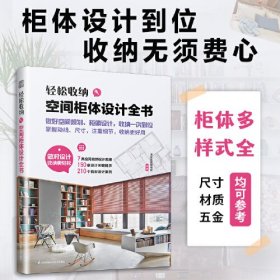

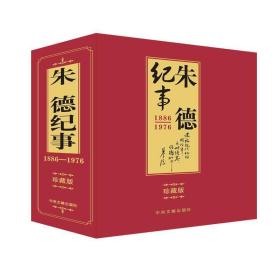
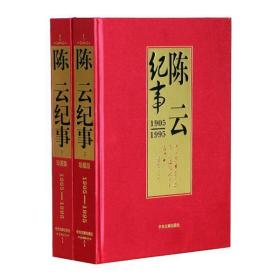


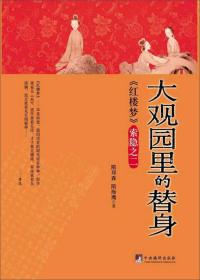

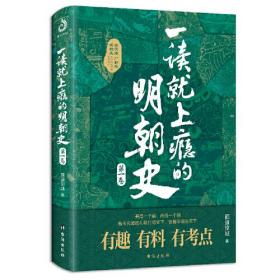

以下为对购买帮助不大的评价